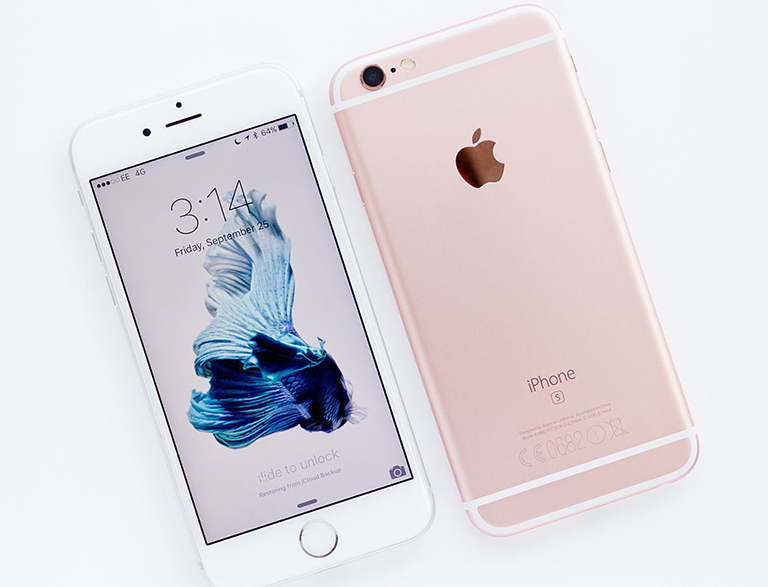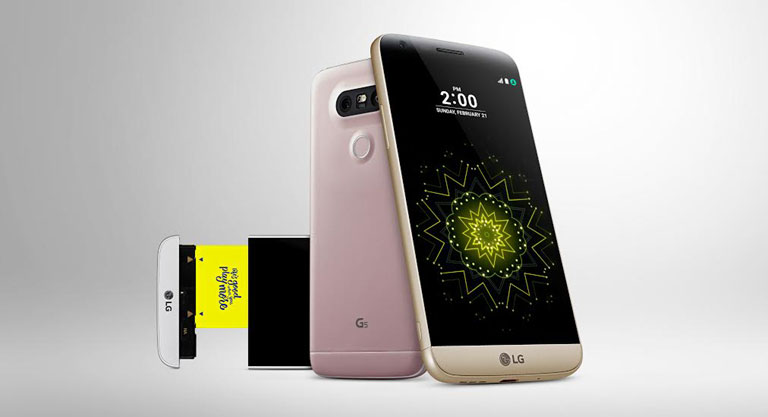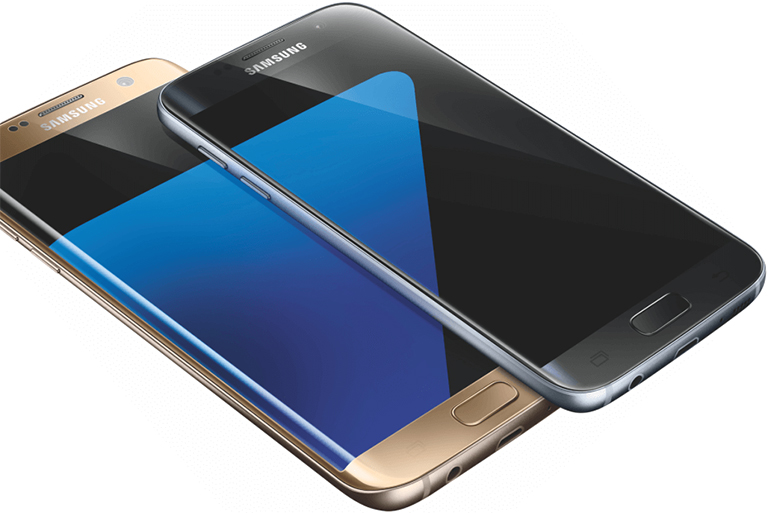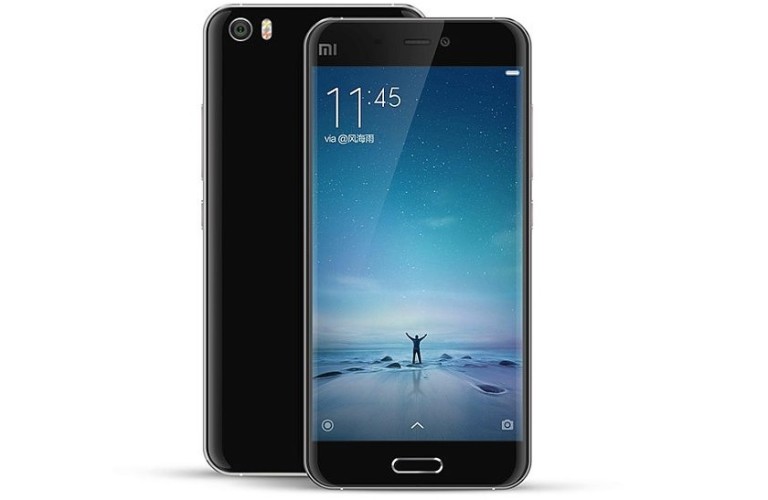What is 4G LTE Advanced?
The various networks are still
scrabbling to expand their 4G LTE coverage but already we're seeing 4G
LTE-A or LTE-Advanced in some areas, which is essentially a far faster
version of the already speedy 4G. Read on for the low down on just how
fast it is, how it works and when you can get your hands on it.
Just how fast is it?
There’s no hard and fast answer as to
how speedy LTE-A is. Theoretical peak download speeds stand at around
300Mbps whilst standard 4G LTE stands at 150Mbps.

Having said that you’ll likely find that
the real world download speeds of 4G normally top out at around 15Mbps,
as other factors such as the device you’re using it on, your proximity
to a 4G mast and how many other people are on the network all
drastically affect the speeds.
Similarly you’re not likely to get
consistent LTE-A speeds of 300Mbps, but it’s still likely to deliver
consistent real world speeds of over 42Mbps and up to 90Mbps, making it
at least 3 times faster than standard 4G LTE speeds.
How does it work?
Essentially while standard data
connections use one antenna and one signal at any given time, 4G LTE-A
uses multiple signals and multiples antennas.
It uses MIMO (Multiple Input Multiple
Output) technology to combine multiple antennas on both the transmitter
(for example 4G masts) and the receiver (for example a smartphone). So a
2x2 MIMO configuration would mean there were two antennas on the
transmitter and two on the receiver and you don’t have to stop at two,
the more antennas theoretically the faster the potential speeds as the
data streams can travel more efficiently.

That technology is then combined with
‘carrier aggregation’, which allows a device, such as a smartphone, to
receive multiple different 4G signals at once and they don’t even have
to be on the same frequency, so you could receive an 1800MHz and an
800MHz signal at the same time for example, none of which is possible
with standard 4G.
Up to five different signals can be
combined at once and with each offering up to 20MHz of bandwidth they
can be combined to create a data pipe of up to 100MHz of bandwidth.
The upshot of all that is that it’s faster than standard 4G, a lot faster.
For those on the lookout for handsets
carrying such capabilities, here’s a quick guide showing 32 smartphones
with LTE-A connectivity also called (4.5G)
Note: The Mobile Phone/ Cell Phone/ devices listed below have at least Cat.6 LTE functionalities that have minimum speeds of 225Mbps. They are arranged in alphabetical order.








Note: The Mobile Phone/ Cell Phone/ devices listed below have at least Cat.6 LTE functionalities that have minimum speeds of 225Mbps. They are arranged in alphabetical order.
Apple

- iPhone 6S
- iPhone 6S Plus
- iPhone 7
- iPhone 7 Plus
- iPhone 8
- iPhone 8 Plus
- iPhone X
- iPhone XR
- iPhone XS
- iPhone XS Max
BlackBerry

- Passport
- PRIV
Huawei

- Ascend Mate 7
- Mate 8
- Mate S
- Honor 6
- Honor 6 Plus
- Nexus 6P
LG

- G Flex 2
- G4
- G5 and Onward G series Sets
- V10
Microsoft/Nokia

- Lumia 950
- Lumia 950XL
Samsung

- Galaxy Alpha Samsung
- Galaxy A5 Samsung
- Galaxy A8 Samsung
- Galaxy Note 4 to Onward all Note Series Samsung Sets
- Galaxy S6 to Onward all S Series Samsung Sets
Sony

- Xperia Z3
- Xperia Z5
- Xperia Z5 Compact
- Xperia Z5 Premium
Xiaomi

- Mi 5
Telenor becomes Pakistan First 4.5G Network
Yet another industry-first for Telenor Pakistan as it launches cutting-edge 4.5G technology in Karachi, Lahore, Rawalpindi and Islamabad showing unrelenting commitment to empower Pakistan through a high speed data network that enhances customer experience. Sigve Brekke, CEO, Telenor Group who is visiting Pakistan on a 4-day agenda inaugurated 4.5G by placing the first call over this advanced LTE network. Today, over 80% of Telenor Pakistan’s network supports 3G/4G services and the launch of 4.5G services is a milestone towards bringing the latest technology to Pakistan.Utilizing the advanced 4.5G feature of ‘Carrier Aggregation’, Telenor Pakistan is the first to aggregate its LTE 850 and LTE1800 networks as one to give excellent data service experience for supported handsets. This feature leverages the available frequency different bands, thus enhancing the customer experience.
Telenor Pakistan acquired license for the provision of Next Generation Mobile Services (NGMS) across Pakistan in 2014. This opened a whole new era of opportunities in mobile broad band services in the country which fueled exponential data growth in market. Later on in 2016, Telenor Pakistan acquired bandwidth in the 850MHz spectrum to bring 4G services. Maximizing efficiency on the existing spectrum, Telenor Pakistan has also refarmed its existing 1800 MHz band for LTE services.
“We envision a digital Pakistan where the fast evolving communication technology benefits all,” said Sigve Brekke, President & CEO of Telenor Group. “With Advanced LTE we continue to introduce new technology that furthers the digital revolution in Pakistan.”
“In a new milestone today, we have launched 4.5G that will be a bridge for future mobile data applications leading on to 5G,” said Irfan Wahab Khan, CEO Telenor Pakistan. “The technology will enable us to provide faster upload and download speeds while delivering superior user experience by ensuring immediate reaction time for applications and web services with the promise of uninterrupted data experience. 4.5G will also give us the readiness we need to drive the development of IoT and tech-based solutions for government, administration, health, agriculture and home management. Being the most innovative company, we proudly welcome Pakistanis to the future of mobile,” he added.
All of Telenor Pakistan’s current 4G subscribers with compatible handsets will be able to receive the faster speeds automatically. The 4.5G features have already been activated across Telenor sites in Karachi, Lahore, and Rawalpindi/Islamabad. This development certainly brings Pakistan closer to its digital inclusion goals.
No comments:
Post a Comment